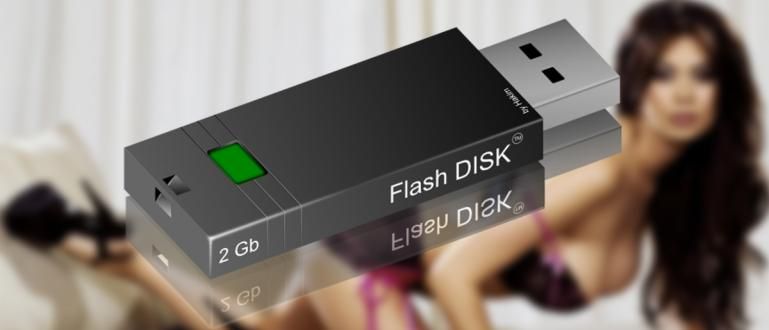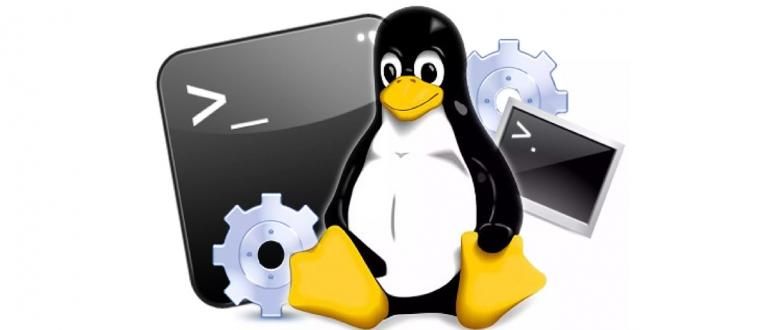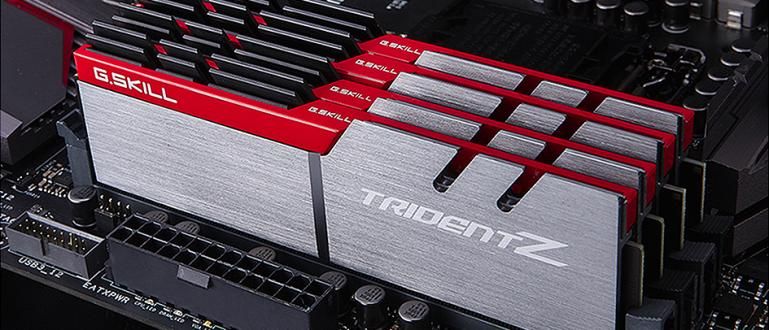Through the following article, we will explain to all of you, what is the difference between FAT32, NTFS, and exFAT, along with the advantages and disadvantages of each format.
Did you know that partitions on computers and laptops have different formats? Especially for the Windows operating system, there are three popular formats that are often used as hard disk partition formats, flash drives, and SD cards. The three formats are FAT32, NTFS, and exFAT.
Through the following article, we will explain to all of you, what are the differences between the three formats, along with the advantages and disadvantages of each. Ready? Let's start the discussion.
- How to Fix Bad Sector or Damaged Hard Drive, So Data Is Not Lost!
- Hard disks, SSDs and flash drives. Which one is the most durable for storing your data?
- Easy Ways to Create Partitions on Flashdisk
This is the difference between FAT32, NTFS, and exFAT
1. FAT32
 FAT32 became one of the oldest partition formats and is still used today. This format was first published in 1995 to improve the format FAT16 the old one. Due to its age, FAT32 is one of the partition formats supported by various types of devices out there.
FAT32 became one of the oldest partition formats and is still used today. This format was first published in 1995 to improve the format FAT16 the old one. Due to its age, FAT32 is one of the partition formats supported by various types of devices out there. Excess: FAT32 is the largest fully supported partition format for a wide variety of devices. Not only in Windows, it is also used as a standard format for SD Card partitions to Flashdisks. In addition, almost all operating systems also fully support FAT32, including Linux and Mac.
Deficiency: The capabilities of FAT32 are very limited. It is only capable of storing a single file of 4GB, and can only provide partitions up to 8TB just.
2. NTFS
 After learning that FAT32 is old enough to still be used as a HardDisk partition format. Windows perfected the system by releasing a new type, namely NTFS. NTFS was released at the same time as Windows XP, with various significant improvements.
After learning that FAT32 is old enough to still be used as a HardDisk partition format. Windows perfected the system by releasing a new type, namely NTFS. NTFS was released at the same time as Windows XP, with various significant improvements. Excess: NTFS has a very large partition size limitation. In addition, it is also equipped with file permissions for security, a change log that works for recovery, disk quota limit, and many more excellent features are provided.
Deficiency: Not all operating systems support it. Even though a Mac can read NTFS, it can't write to it. There are also many non-computer devices such as TVs, mp3 players, cameras, and others that do not support this partition format.
3. exFAT
 exFAT first launched to the general public in 2006, as a form of improvement from FAT32 as well. But it was specifically designed as a form of optimization between the simplicity of FAT32 but taking advantage of the partition limitations that NTFS has. The features possessed by exFAT are very suitable when used as a reference for the partition format of the Flashdisk.
exFAT first launched to the general public in 2006, as a form of improvement from FAT32 as well. But it was specifically designed as a form of optimization between the simplicity of FAT32 but taking advantage of the partition limitations that NTFS has. The features possessed by exFAT are very suitable when used as a reference for the partition format of the Flashdisk. Excess: Suitable for use as a partition format on the device portable. Fully detectable by Mac and some Linux distros.
Deficiency: There are still some devices that do not support this new partition format. But as time goes on, it seems that support for this format will get bigger.
Those are the differences, advantages, and disadvantages of the partition format FAT32, NTFS, and exFAT. Hopefully you can use it as a reference in giving the format to each device you have.
Source: How-to Geek









